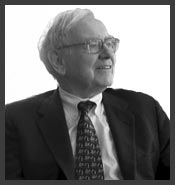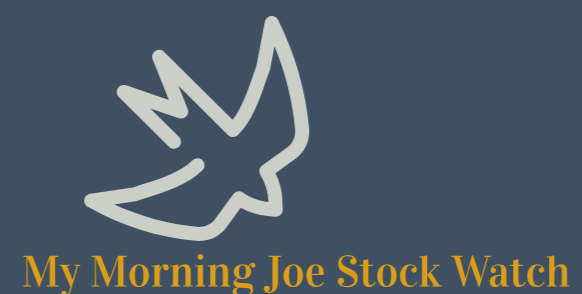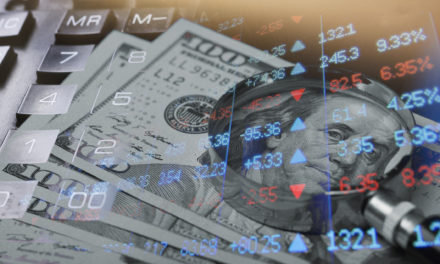
“Only buy something that you’d be perfectly happy to hold if the market shut down for 10 years.”
— Warren Buffett
The Warren Buffett investment philosophy calls for a long-term investment horizon, where a ten year holding period, or even longer, would fit right into the strategy. How would such a strategy have worked out for an investment into Ford Motor Co. (NYSE: F)? Today, we examine the outcome of a ten year investment into the stock back in 2015.
| Start date: | 03/30/2015 |
|
|||
| End date: | 03/27/2025 | ||||
| Start price/share: | $16.16 | ||||
| End price/share: | $9.90 | ||||
| Starting shares: | 618.81 | ||||
| Ending shares: | 1,059.29 | ||||
| Dividends reinvested/share: | $6.36 | ||||
| Total return: | 4.87% | ||||
| Average annual return: | 0.48% | ||||
| Starting investment: | $10,000.00 | ||||
| Ending investment: | $10,490.50 | ||||
The above analysis shows the ten year investment result worked out as follows, with an annualized rate of return of 0.48%. This would have turned a $10K investment made 10 years ago into $10,490.50 today (as of 03/27/2025). On a total return basis, that’s a result of 4.87% (something to think about: how might F shares perform over the next 10 years?). [These numbers were computed with the Dividend Channel DRIP Returns Calculator.]
Notice that Ford Motor Co. paid investors a total of $6.36/share in dividends over the 10 holding period, marking a second component of the total return beyond share price change alone. Much like watering a tree, reinvesting dividends can help an investment to grow over time — for the above calculations we assume dividend reinvestment (and for this exercise the closing price on ex-date is used for the reinvestment of a given dividend).
Based upon the most recent annualized dividend rate of .6/share, we calculate that F has a current yield of approximately 6.06%. Another interesting datapoint we can examine is ‘yield on cost’ — in other words, we can express the current annualized dividend of .6 against the original $16.16/share purchase price. This works out to a yield on cost of 37.50%.
More investment wisdom to ponder:
“If you don’t study any companies, you have the same success buying stocks as you do in a poker game if you bet without looking at your cards.” — Peter Lynch




